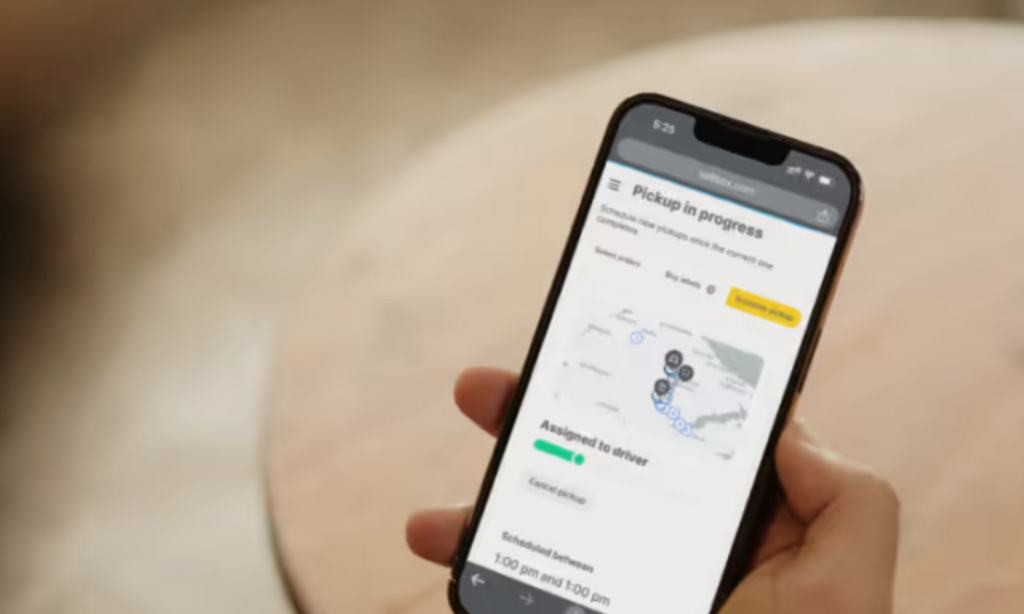From Ore to Energy: The Lithium Battery Journey
Order fulfillment is the backbone of every successful e-commerce business. Whether you're shipping 10 orders a day or 10,000, having an efficient fulfillment process can make the difference between customer satisfaction and business failure. In this comprehensive guide, we'll walk you through everything you need to know about order fulfillment in 2025.
What is Order Fulfillment?
Order fulfillment encompasses the entire process from when a customer places an order until they receive their product. This includes inventory management, picking and packing, shipping, and handling returns. For many businesses, this process can consume significant time and resources, which is why many entrepreneurs turn to third-party fulfillment services.
Sarah L - Project Coordinator
An array of new projects seeks to catalyze the lithium supply chain and keep pace with rising demand driven by the energy transition.
The Order Fulfillment Process Explained
Step 1: Inventory Management Your products need to be stored, tracked, and managed efficiently. This involves maintaining accurate stock levels, organizing products for easy retrieval, and ensuring proper storage conditions. Step 2: Order Processing When a customer places an order, the fulfillment process begins. The order information is received, validated, and prepared for picking. Step 3: Picking and Packing Products are retrieved from storage (picked) and carefully packaged for shipping. This step requires attention to detail to ensure the right products are selected and properly protected during transit. Step 4: Shipping The packaged order is handed over to a shipping carrier and sent to the customer. This includes generating shipping labels, tracking numbers, and coordinating with logistics partners. Step 5: Delivery and Returns The final step involves ensuring successful delivery to the customer and handling any returns or exchanges that may be necessary. In-House vs. Third-Party Fulfillment In-House Fulfillment Pros: Complete control over the process Direct customer interaction Potentially lower costs for small volumes Ability to customize packaging and inserts In-House Fulfillment Cons: Requires significant time investment Storage space limitations Difficulty scaling during peak seasons Higher labor costs as you grow Third-Party Fulfillment Pros: Scalability and flexibility Expertise and technology Reduced operational headaches Geographic distribution capabilities Third-Party Fulfillment Cons: Less control over the process Potential for higher per-unit costs Dependence on external partners Limited customization options Choosing the Right Fulfillment Partner When selecting a fulfillment provider, consider these key factors: Location and Distribution Centers: Choose a provider with warehouses strategically located near your customers to reduce shipping times and costs. Technology Integration: Ensure the fulfillment center can integrate with your e-commerce platform and provide real-time inventory tracking. Pricing Structure: Understand all costs including storage fees, pick and pack charges, and shipping costs. Look for transparent pricing without hidden fees. Scalability: Your fulfillment partner should be able to grow with your business, handling increased order volumes during peak seasons. Customer Service: Choose a provider that offers excellent customer support and can represent your brand professionally. Cost Factors in Order Fulfillment Understanding fulfillment costs is crucial for maintaining healthy profit margins. Typical costs include: Storage fees: Monthly charges for warehouse space Pick and pack fees: Per-order charges for processing Shipping costs: Variable based on destination and speed Setup and integration fees: One-time costs for getting started Return processing fees: Charges for handling returns Best Practices for Efficient Fulfillment Accurate Inventory Management: Use inventory management software to track stock levels and avoid stockouts or overselling. Streamlined Packaging: Develop standardized packaging processes to reduce errors and improve efficiency. Clear Communication: Provide customers with tracking information and delivery expectations. Quality Control: Implement checks to ensure order accuracy and product quality. Continuous Improvement: Regularly review and optimize your fulfillment processes based on performance metrics. The Future of Order Fulfillment As e-commerce continues to grow, fulfillment services are evolving to meet changing customer expectations. Trends to watch include same-day delivery, sustainable packaging, automation and robotics, and personalized packaging experiences. Conclusion Order fulfillment is more than just shipping products – it's about creating a seamless customer experience that drives repeat business and builds brand loyalty. Whether you choose to handle fulfillment in-house or partner with a third-party provider, understanding the process and best practices will help you make informed decisions that support your business growth. Remember, the right fulfillment strategy depends on your specific business needs, order volume, and growth goals. Take time to evaluate your options and choose a solution that aligns with your long-term vision.









